|
John Tyman's Cultures in Context Series AFRICAN HABITATS : FOREST, GRASSLAND AND SLUM Studies of the Maasai, the Luhya, and Nairobi's Urban Fringe |
|
|
|
Trapping Quails : 217-221 | Charcoal Making : 222-227 |
|
John Tyman's Cultures in Context Series AFRICAN HABITATS : FOREST, GRASSLAND AND SLUM Studies of the Maasai, the Luhya, and Nairobi's Urban Fringe |
|
|
|
Trapping Quails : 217-221 | Charcoal Making : 222-227 |
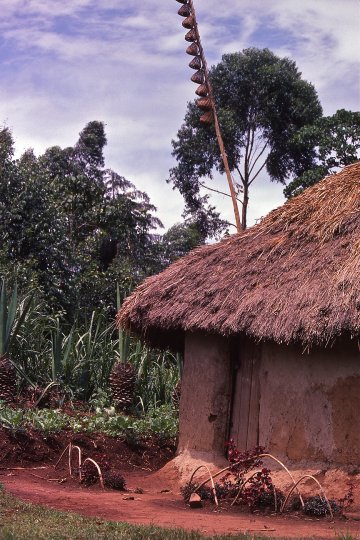 |
| 219. In season it is (or was) by no means rare to see 10 or more baskets hanging from a single pole. |
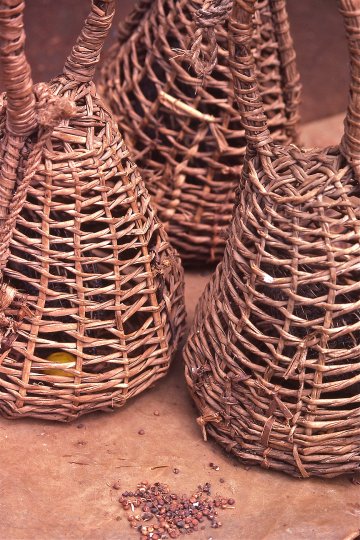 |
| 220. These are lowered three times a day, to allow the birds to peck at sprouted millet through the bottom of their cages. |
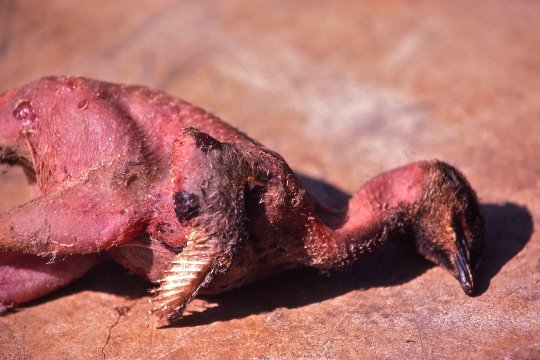 |
| 221. When they are fat enough they are taken from the cage, plucked, and sold in local markets. |
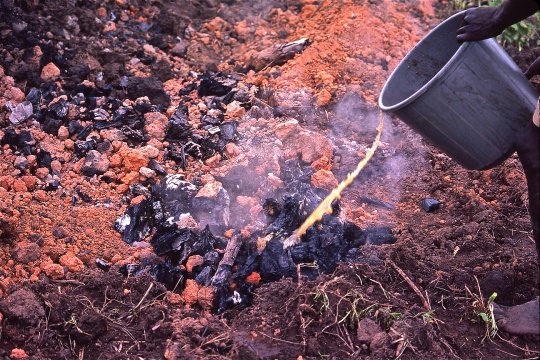 |
| 225. When it is ready the mound is uncovered and the charcoal doused with water or damp soil to cease the burn. |
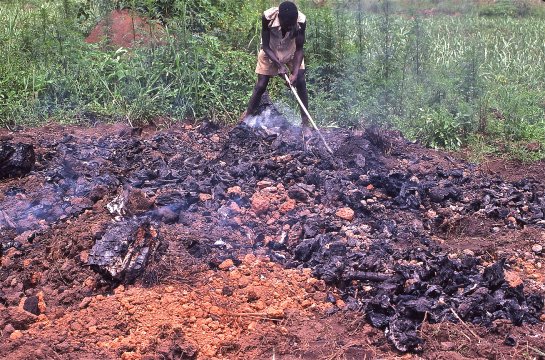 |
| 226. To aid in the cooling process the burner will also spread out the charcoal ... barefoot! |
![]()
Text, photos and recordings
by John Tyman
Intended for Educational Use
Only.
Contact Dr. John Tyman at johntyman2@gmail.com
for more information regarding
licensing.
![]()
www.hillmanweb.com
Photo processing, Web page layout,
formatting and hosting by
William
Hillman ~ Brandon, Manitoba ~ Canada